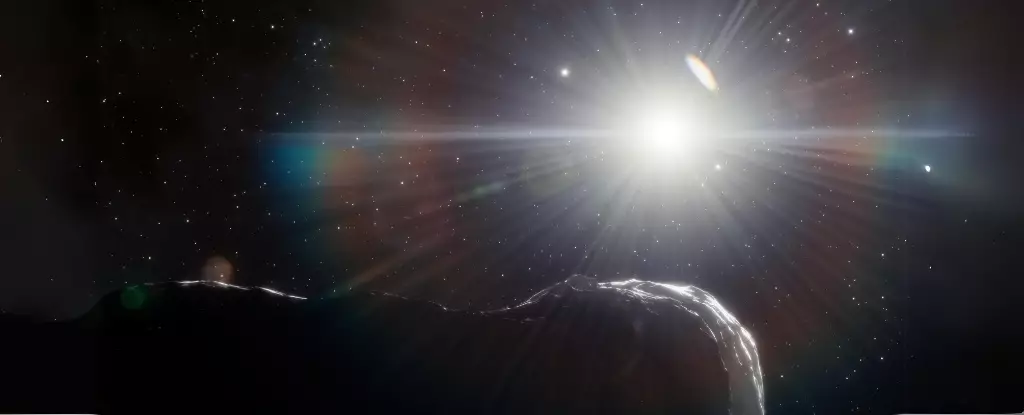Astounding scientific advancements have given us a glimpse into the vastness of outer space. However, as our knowledge grows, so does our realization of the potential dangers lurking in the skies above. NASA, a prominent authority in space exploration, has taken up the challenging task of planetary defense. One of their crucial objectives is to identify and monitor near-Earth asteroids that pose a threat to our planet. It is crucial to confront the startling truth that millions of lives are at risk, as highlighted by a recently released infographic by NASA.
Astronomers have long understood the importance of identifying asteroids hurtling towards Earth. However, the difficulty lies in their elusive nature. These celestial bodies do not emit light of their own, making their detection a complex task. Nevertheless, advancements in technology have birthed a wave of specially designed telescopes dedicated to asteroid hunting. The results have been astonishing, with over 32,000 near-Earth asteroids identified as of August 2023, as the infographic reveals.
While the progress in finding and tracking these potential cosmic threats is commendable, the numbers that emerge from the infographic are far from reassuring. More than 10,000 near-Earth asteroids have a diameter exceeding 140 meters. Given that an impact from such a colossal asteroid would devastate an entire city, the repercussions of these unseen threats are alarming. To put it into perspective, the asteroid strike in Russia’s Chelyabinsk district in 2013, estimated to be no more than 20 meters, caused significant damage and left nearly 1,500 people injured.
Unlike the Chelyabinsk meteor, which disintegrated before reaching the ground, a substantial asteroid of seven times its size would have catastrophic consequences upon impact. The infographic emphasizes that if one of these colossal asteroids were to strike a densely populated area, an entire city could vanish, leaving behind unimaginable destruction and loss of life. Furthermore, depending on the location of impact, the toll could extend to millions of lives at risk.
Perhaps the most unsettling revelation from the infographic is that our knowledge of these impending threats remains far from comprehensive. Experts in NASA’s planetary defense estimate that we have yet to identify over 14,000 near-Earth asteroids with a diameter of 140 meters. This lack of awareness presents a stark reality – we are potentially ill-prepared for a collision with an asteroid of this magnitude. Moreover, the infographic mentions the existence of approximately 50 one-kilometer-diameter asteroids in the vast expanse of space that have eluded us thus far.
The pursuit of planetary defense cannot be shouldered by NASA alone; it requires collective effort from various organizations and the global community. The scale of the task at hand, especially if the estimates hold true, demands a unified response to ensure the safety and preservation of human civilization. The potential consequences of an unchecked asteroid impact are devastating, surpassing the scale of a mere city-level disaster.
While the allure of space exploration captivates our imaginations, it is vital to confront the reality of unseen threats lingering above. The infographic released by NASA serves as a chilling reminder that our knowledge remains incomplete, and there are countless asteroids that could potentially spell disaster for humanity. Vigilance, scientific advancements, and international collaboration are essential to protect ourselves from the cataclysmic impact of these celestial wanderers. Our future depends on our ability to rise to this daunting challenge and ensure the survival and prosperity of our species.


Leave a Reply